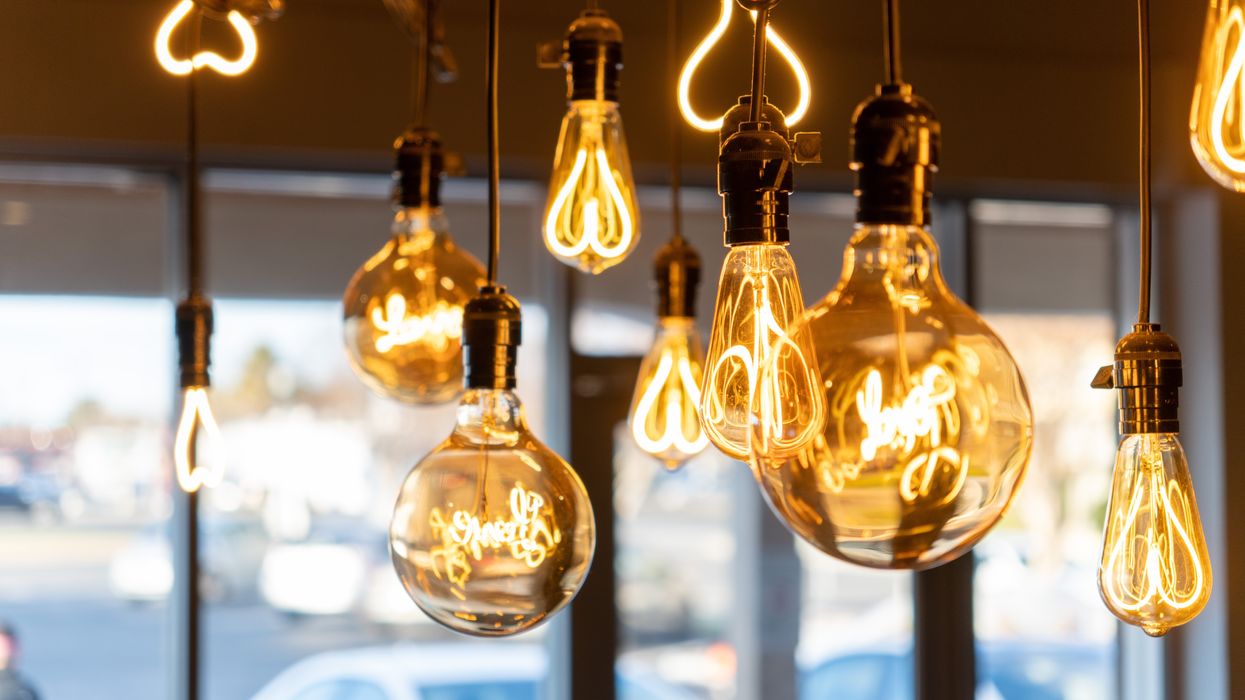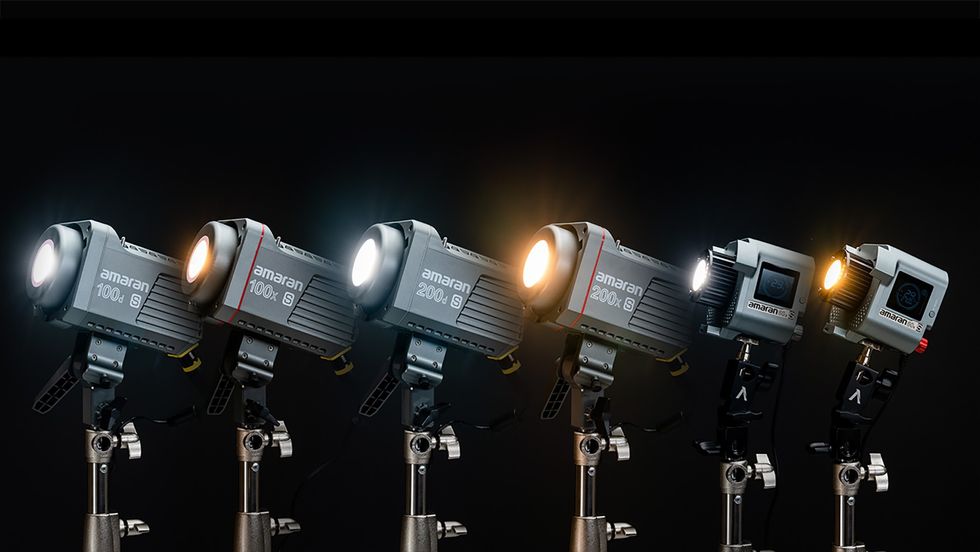How Will The Tungsten Light Bulb Ban Affect You?
Once a staple of the filmmaking industry, the incandescent light bulb and its technology is now being phased out. So, how does this affect gaffers and cinematographers?

According to CNN, the incandescent light bulb has been on its way out for the last 16 years. This all started in 2007 when a ruling was made to see the end of the light bulb we've all come to love.
Fast forward a decade and a half, a bit of bath and forth, and the rule finally went into effect on Tuesday, August 1st, 2023.
But why was tungsten lighting so important to filmmakers, and how does this ban affect them?
Tungsten Lighting
In cinema, there are several types of lighting. Before LED became today's powerhouse, practically every light used on set was based on incandescent light bulb technology. This typically uses tungsten filament to produce light, which is why it's often called tungsten lighting in filmmaking.
Sure, there were other lighting solutions, such as HMI and Xenon, but these are used when filmmakers need massive output. Tungsten lights were always the foundation, not the exception.

M-Series HMI
ARRI
Tungsten lights create natural warm lighting that is great at reproducing color and skin tones. It was how we all saw movies until LED became commonly used.
Filmmakers would use these bulbs are practicals within their set or in high-powered fixtures to shape the light in their scene. It really was a jack-of-all-trades tool.
There were drawbacks, however, as tungsten blubs needed a lot of wattage (relatively) to function and were too hot to touch without gloves. Sometimes, the bulbs themselves would explode, at least in the high-output tungsten fixtures.
Even so, filmmakers always relied on this type of lighting. Partly because it was great at reproducing color and partly because there wasn't anything else on the market.
The Ban
Simply put, incandescent light bulbs were banned because they aren't as energy efficient and don't produce enough lumens as modern LED fixtures.
However, there are still some exceptions to this rule. The following types of lighting are exempt, even if they are based on incandescent bulb technology:
- Appliance lamps, including fridge and oven lights
- Black lights
- Bug lamps
- Colored lamps
- Infrared lamps
- Left-handed thread lamps
- Plant lights
- Floodlights
- Reflector lamps
- Showcase lamps
- Traffic signals
- Some other specialty lights, including marine lamps and some odd-sized bulbs

ARRI 300 Plus Tungsten Fresnel
The last bullet point is the one we care about. Lights used for filmmaking are still considered specialty lighting, so any lights you need for your production should remain untouched by this ban.
At least for now.
The Long Term Effect
As incandescent light bulbs go the way of the Dodo Bird, other lighting technology will overtake them. LED already has. Some cinema LED fixtures are so good they may even be on par with traditional tungsten lights, if not better.
But while filmmaking lights are considered specialty lighting and will stay around for a while, creatives will move on to better technology. When this happens, there won't be a market for traditional incandescent lights.

Aputure’s amaran Series of LED Monolights
Aputure
So, while we shouldn't worry about tomorrow, the next decade is a different story. Lighting has been changing in leaps and bounds over the past few years, and this ban further pushes our transition into different types of lighting.
While that won't be an issue for new filmmakers, the old guard must adapt. So long, tungsten, you were a fantastic tool.
- Tungsten | No Film School ›
- Aputure LS C300d is Not a 2K and That's OK ›
- Types of Film Lights (and How to Use Them) ›
- Lighting Battle Royal—Is LED Always The Best Choice? ›













